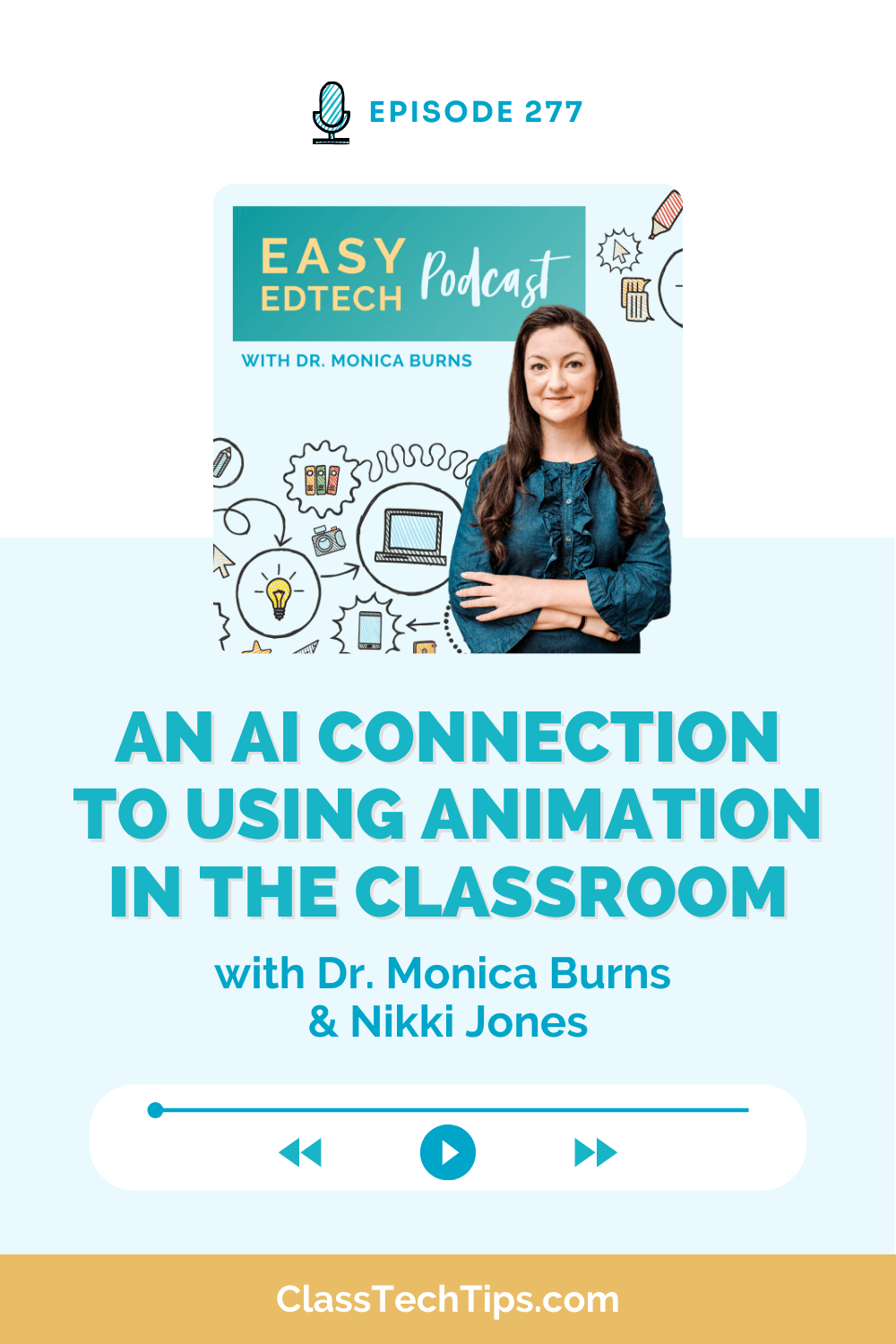Engaging students in goal setting activities is a great way to start the year or kick off a new unit of study. Whether you introduce a portfolio, ask students to share video updates, or create interactive journals together, the possibilities are endless! This year, you can choose a goal setting activity that is the best fit for your students.
There are lots of reasons why you might want to introduce goal setting activities to students. Rather than just performance, goals focused on learning and improvement can encourage a growth mindset. Setting goals also requires students to plan how they will achieve their objectives. So, if you are helping students build their time management and organizational skills, you might want to introduce a goal setting activity.

10 Goal Setting Activities for Kids
Today on the blog, we’ll look at ten goal setting activities for students that you can customize for your group. I’ve included a few suggestions for digital tools to try out. But if you have a favorite tool with similar features, feel free to try that out alongside these ideas.
Let’s dive into the list together!
Digital Vision Boards
Students use a graphic design tool like Adobe Express to create a digital vision board representing their goals. This activity encourages creativity and helps students visualize their aspirations. They can combine photos they’ve snapped themselves or images they’ve searched for inside of Adobe Express.
Goal Setting Videos
Students create short videos explaining their goals and how they plan to achieve them. If your students don’t want to jump on video themselves, they can use an animated video creator. In this winter-themed post, I shared one of my favorite free tools to help create these types of videos.
Illustrate Your Goals
There are a few great tools that make it easy for students to illustrate. Students can draw a picture of their goal using a tool like Seesaw, which allows them to record their voice to explain their picture. With Seesaw, teachers can easily share their work by choosing the link or QR code option.
Digital Reflection with Forms
Earlier this year, on the blog, I shared a post that explores creative ways to use Google Forms in the classroom. It can also be a valuable resource for setting and tracking goals, especially for activities where student input and feedback are crucial. Students can set up one form and complete it each time they have something to chronicle. Then, all their responses with the updates on their goals will end up in a Google Sheet for easy review.
Tackle a Goal with Chatbots
I’ve shared lots of ways to use chatbots to help teachers gather ideas. If you are helping students tackle a new goal, you might enlist the help of a chatbot. Even though your students might not have access on their own, you can enter a prompt like “Give me ten tips to share with a student who has the goal of [ADD GOAL]” for ideas to share with them.

Share on Your Door
If your students have made a video, website, or other digital product to capture their goal, encourage them to share it by linking their creations to a QR code. Your students can then share the QR code on a physical display like a classroom door. Here is a recent post, “12 Tips for Classroom Door Decorations with QR Codes,” that can give you more ideas.
Sharing Goal Updates
Have you attended a workshop or webinar with me this year? Well, then, you’ve probably used Padlet – it’s one of my favorite tools for collaboration. Teachers can create a Padlet page and share the link with students, and then students can add a picture, write a response, record their voice, or choose another way to give an update on a goal they have.
Blog Post Reflections
Encourage students to write blog posts reflecting on their goals, the steps to achieve them, and their progress. This activity can take many forms, and you might want to try a microblogging spin that combines pictures with short text. In this blog post, I share a free template you can try out with Google Slides for a microblogging project.
Goal Journals
If you want to introduce a journaling practice to your students, you might want to connect it to a goal setting activity. For example, you can introduce a tool like Book Creator, which lets students create customizable, interactive ebooks. They can set up their journal and add an update on their progress each week or every day. I have oodles of Book Creator resources on my site, which you can explore here.

Student Portfolios
Portfolios are also a great way to have students keep track of their progress towards a goal. Regular readers of the blog might have noticed my recent post sharing reasons to try out portfolios in 2024. It featured Wakelet, which is a great tool for teachers and students – and their portfolio option is a perfect complement to a goal setting activity.
Integrating technology into goal setting activities gives students many options for sharing their goals and their journey to achieve them. Instead of trying all ten activities on this list, pick just one to start with and tailor it to the needs of your students.
Whether you’re reading this post at the start of the calendar year – a popular time for goal setting activities – or exploring these ideas at the start of a new unit of study, there are lots of ways to incorporate goal setting into your classroom. Let me know what jumps out for you by replying to one of my Monday newsletters (sign up here) or reaching out on Instagram!







